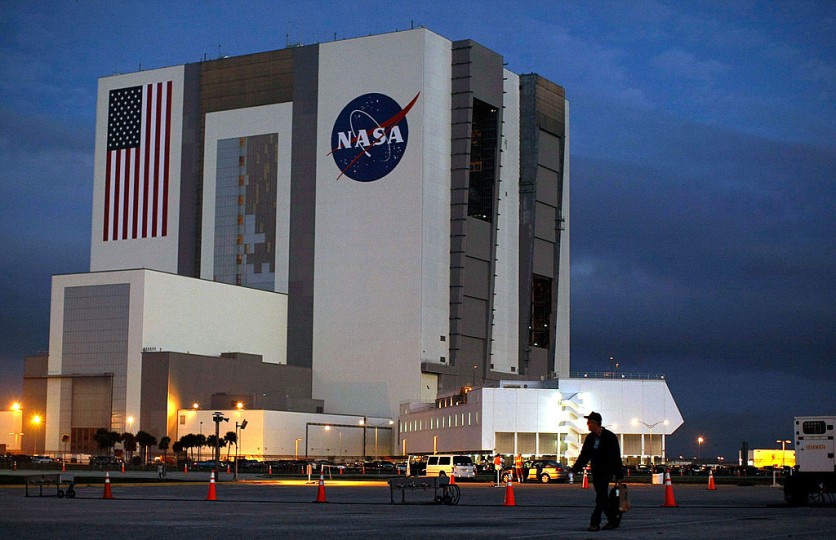NASA's Roman Space Telescope and the European Space Agency's Euclid mission are teaming up to investigate the mysterious phenomenon known as dark energy.
Dark energy is believed to be the cause of the universe's accelerated expansion, but its nature and origin remain unknown.
With the launch of Euclid in July and the planned inclusion of the Roman Space Telescope by May 2027, scientists hope to unravel the secrets of dark energy in ways never before possible.

Roman and Euclid's Cosmic Tasks
Jason Rhodes, a senior research scientist at NASA's Jet Propulsion Laboratory and deputy project scientist for Roman, highlights the significance of this collaboration, stating, "With these upcoming telescopes, we will measure dark energy in different ways and with far more precision than previously achievable, opening up a new era of exploration into this mystery."
Euclid and Roman are designed to study cosmic acceleration using different but complementary strategies. Both telescopes will create 3D maps of the universe to understand its history and structure.
Euclid will observe a larger portion of the sky, approximately 15,000 square degrees, in both infrared and optical wavelengths. It will peer back 10 billion years to when the universe was about 3 billion years old.
On the other hand, Roman will focus on a smaller area, about 2,000 square degrees, but with greater depth and precision. Its infrared vision will unveil the cosmos when it was 2 billion years old, revealing fainter galaxies. Roman will also undertake additional tasks such as surveying nearby galaxies, investigating planets within our galaxy, and studying objects in the outer regions of our solar system.
Exploring the Objectives of NASA and ESA
The primary objective of both missions is to understand the cause of cosmic acceleration. Scientists are uncertain whether an additional energy component is responsible or if our understanding of gravity needs to be revised. To address these questions, Euclid and Roman will employ various techniques and approaches simultaneously.
One such technique is weak gravitational lensing, which involves studying the distortion of light caused by the warping of space-time due to mass. By analyzing how light from distant sources is bent by intervening masses, both telescopes will create 3D maps of dark matter. These maps will provide insights into the gravitational attraction of dark matter, which counteracts the universe's expansion and plays a role in cosmic acceleration.
Another area of study for Euclid and Roman is galaxy clustering. By observing how galaxies gather at different cosmic eras, scientists can trace the expansion history of the universe and test theories of gravity. The missions will also study distant type Ia supernovae to determine their distances and measure their recession velocities. By comparing these velocities at different distances, scientists can trace the evolution of cosmic expansion and gain a better understanding of dark energy throughout the history of the universe.
The collaboration between Euclid and Roman is expected to yield significant results. Their surveys will overlap, enabling scientists to use the more sensitive and precise data from Roman to improve the data collected by Euclid. This collaborative effort will provide a more comprehensive understanding of the universe.
The Euclid mission has received contributions from three NASA-supported science groups. NASA's Jet Propulsion Laboratory has been involved in designing and fabricating Euclid's Near Infrared Spectrometer and Photometer (NISP) instrument sensor-chip electronics. Additionally, the Euclid NASA Science Center at IPAC (ENSCI) at Caltech will support investigations using Euclid data from the United States.
Euclid and Roman are poised to embark on an unprecedented exploration of dark energy, shedding light on one of the most intriguing mysteries in astrophysics. By combining their observations and employing complementary strategies, these space telescopes will pave the way for a new era of scientific discovery, bringing us closer to understanding the fundamental workings of the universe.

ⓒ 2025 TECHTIMES.com All rights reserved. Do not reproduce without permission.




